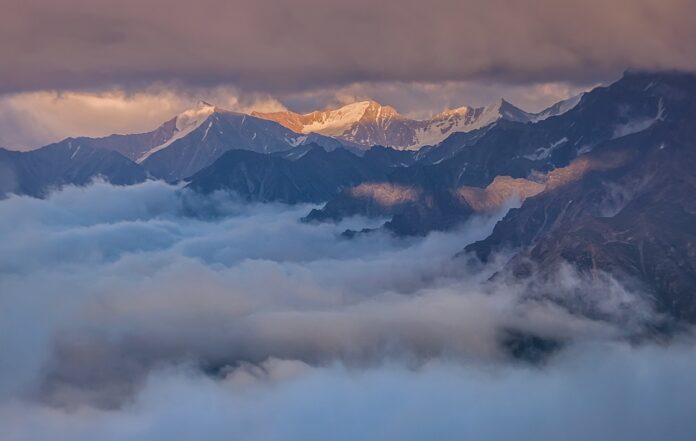Most of us have likely witnessed fog firsthand. This natural phenomenon is common enough to be familiar, though it can sometimes cause problems. Imagine how many ships in the era of sail lost their way and vanished forever due to the mist that obscured everything around them.
Facts About Fog:
- This natural phenomenon almost always occurs at altitudes of no more than 1 km above the surface.
- The water droplets in fog are only about 0.01 mm in size.
- Dense fog contains about 1,200 droplets of water per cubic centimeter. This is barely enough to moisten a surface.
- Science identifies two main ways fog forms. In both cases, one condition must be met: the difference between the air temperature and the dew point should not exceed 2.5 °C.
- In February 1987, Kyiv experienced an unusually long-lasting fog that persisted for 73 hours.
- Fog forms due to either the evaporation of water from a warm surface into cold air or the cooling of warm, moisture-saturated air currents.
- Fog over rivers and other bodies of water is usually stable and long-lasting because cold and warm air currents and water flows constantly mix.
- This natural phenomenon most often occurs at dawn when temperatures are at their lowest.
- One of the foggiest places in the world is the Canadian island of Newfoundland, where about a third of the days in a year are foggy. This is due to the confluence of multiple warm and cold currents and airflows.
- Fog is denser in summer than in winter because the average size of water droplets in fog is larger due to higher temperatures.
- Residents of the Atacama Desert obtain their water by collecting it from morning fog. They use special fog catchers, where moisture condenses on nylon walls and drips down into a reservoir.
- The Namibian beetle, which lives in the desert, collects water from the fog every morning. The bumpy surface of its shell helps form water droplets on its wings, which then roll into its mouth, quenching its thirst.
- Fog is officially considered dense when visibility in it is reduced to 50 meters or less.
- There are many types of fog: evaporation fog, advection fog, radiation fog, ice fog, hail fog, ground fog, slope fog, and others.
- In coastal forests, about 25–40% of redwood growth is facilitated by fog condensation. The roots of these trees absorb water from the condensation that falls to the ground from nearby trees.
- This natural phenomenon typically disperses and disappears once the air warms up sufficiently.
- In winter, at low temperatures, fog usually lasts longer than it does in summer.
- Medium-density fog is often called mist, while very light fog is referred to as haze.
- One cubic meter of average fog contains about 0.5 ml of water.
- Several centuries ago, London was known as a foggy city, and this was indeed true. However, the climate has since changed, and now fog is much rarer in the city than it used to be.
